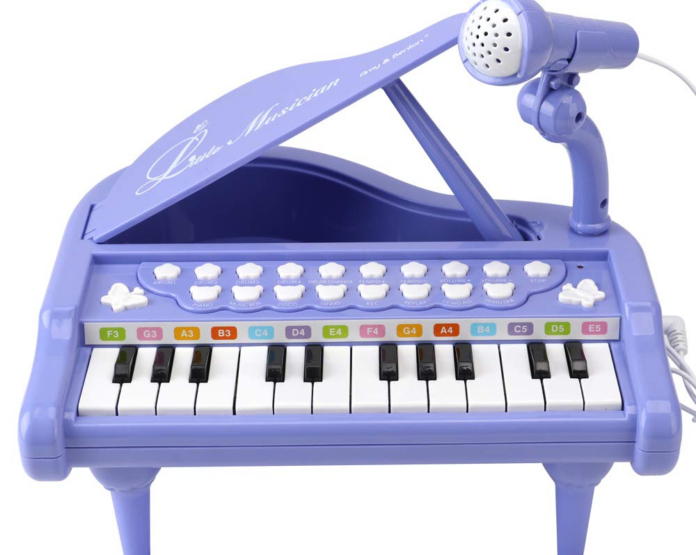The production process of a baby piano begins with the casting of the plate, also known as the harp. It is made from cast iron and holds around 18 tons of string tension. Two main methods of casting are sand casting and quick molding vacuum casting. Sandcasting is a more time-consuming and expensive process but is preferred by better manufacturers to produce a more musical instrument. Quick molding vacuum casting is a less expensive method used in mass-produced baby grand pianos.
The production of a high-end baby grand piano can last up to two years, and many stages are involved. The hammer must be carefully chosen and dried for an average of two years to achieve the best acoustic qualities. In addition, the hammer and damper must be chosen correctly, as they are the most important parts of the piano. Similarly, the high-end model of a baby grand piano can cost up to ten times as much as a standard instrument.
Once the parts of a piano are assembled, the action is installed. It is then subjected to multiple adjustments, which are both tedious and time-consuming. The keys are then matched to the keyframe. The keys are then capped and stained black. The keyframes are then glued and crated. Finally, the pianos are shipped to the music store, a school, or a church.
The final step in the production process of a baby piano involves selecting the wood and felt for its soundboard. The soundboard is a thin wooden sheet made of Japanese spruce or Sitka spruce, which has a high elasticity and durability. The wood is then planed and cut to the desired size and thickness, according to the climate where the buyer lives. The final touch is to coat the wood with a protective lacquer.
The keys of a baby piano are made from fir or a special kind of hardwood. The keys are cut from a single piece of wood and are seasoned to allow moisture to escape and prevent warping. Then, the keytops are attached to the piano’s soundboard. Usually, white key tops are made from synthetic ivory, while black ones are made from a special resin material. The strings of a baby piano are highly sensitive, and this means that every detail must be checked.
The strings of a baby piano have long strings and a larger soundboard than a baby grand piano. The sound produced by a baby grand piano is more powerful than an acoustic one, and it has a larger soundboard. The soundboard is the heart of a baby piano, so it is vitally important to get the right materials for it. They must be durable and easy to tune. In addition, the tuning pins should have the proper length.
The soundboard is a crucial part of the piano. A piano’s sound is produced by the resonance of the soundboard. A hammerhead is a piece of wood that reverberates sound. A hammerhead is a resonator for the strings. The hammerheads are made of spruce or ebony wood, and the strings of a baby grand are flat. The hammers are the resonators that produce the sound.
The action of a baby grand piano is the most critical part of a piano. It is composed of several parts. It is crucial to get the right type of action, and the best quality ones have a margin of less than a thousandth of an inch. The key is what makes a baby grand piano play, so the action is what gives it the touch. During the production process, a baby piano is made with precision and is built to last a lifetime.
The strings of a baby grand piano are comparatively smaller than the strings of a baby grand piano. The rims of a baby grand piano have a lower-grade soundboard than a standard baby grand piano. In fact, the rims of a baby grand are much shorter than those of a normal piano. Despite the lower-quality soundboard, the keys are made of higher-grade spruce, which is the best choice for an infant.












